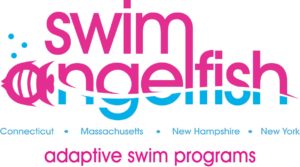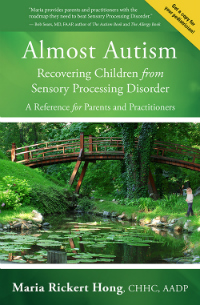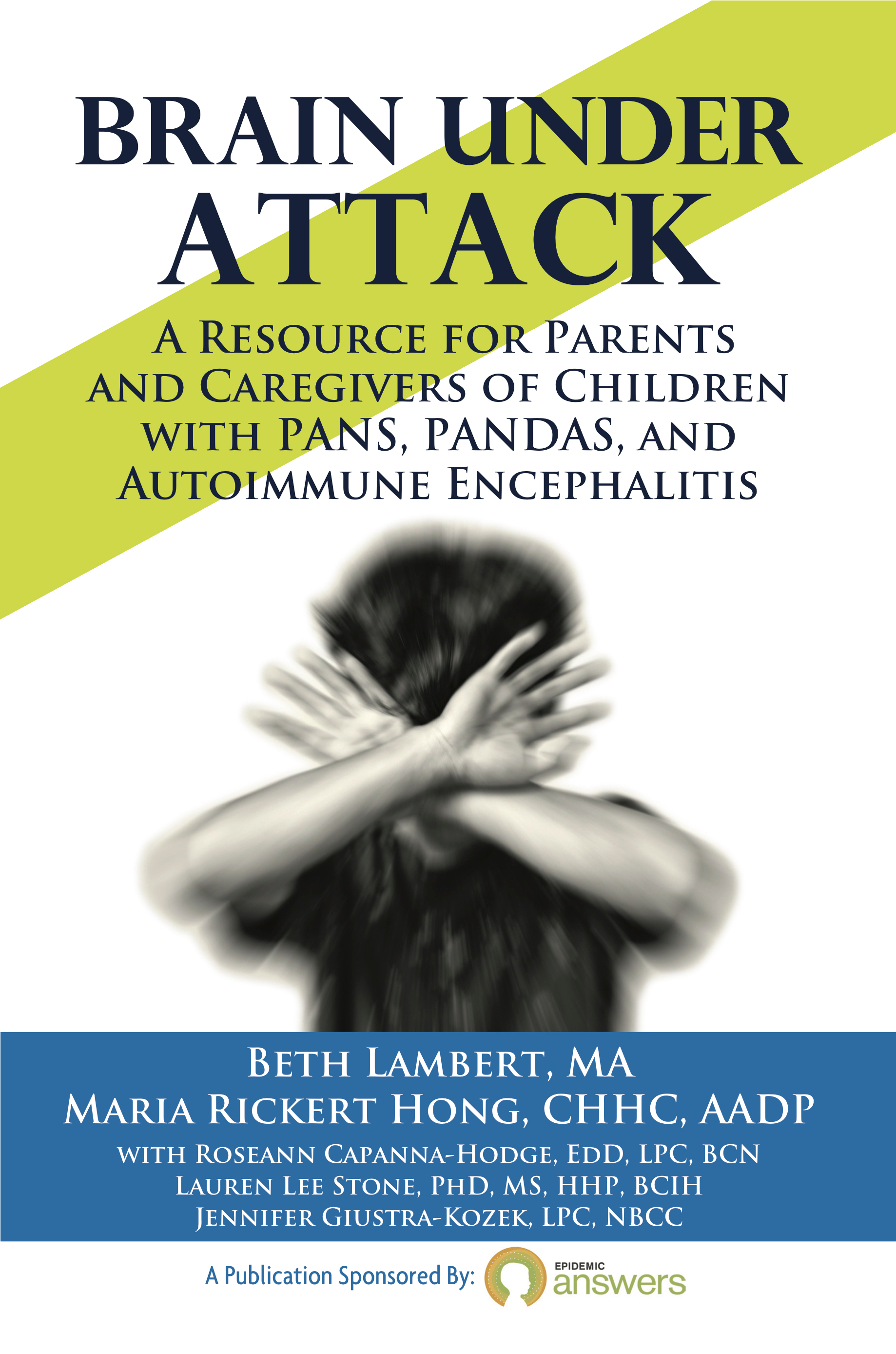 WARNING: I am a huge, biased fan of Cindy Freedman and Ailene Tisser of Angelfish Therapy aquatic therapy.
WARNING: I am a huge, biased fan of Cindy Freedman and Ailene Tisser of Angelfish Therapy aquatic therapy.
Angelfish Therapy is aquatic occupational therapy for children with developmental delays, gross motor delays and sensory issues, especially those concerning water. This can include kids with sensory processing disorder, learning disabilities, ADHD, autism, PDD-NOS, speech delays, apraxia and dyspraxia.
I began taking my older son to aquatic therapy at Angelfish 4 years ago; Cindy Freedman worked with him for 1-1/2 years.
Retained Reflexes
It was there, sitting on the side of the pool during weekly therapy sessions, that I learned about about retained reflexes. Retained reflexes are ones that a child has kept rather than integrating as a normal part of development. They are typically seen in the types of children listed above.
Cindy told me that my son had a retained Moro reflex, which was the reason for his constant state of “fight or flight”, which for him, meant a lot of anxiety and being upset at the drop of a hat, which made swimming difficult for him.
Before my son had any kind of OT at all, I used to take him for Mommy & Me baby swimming classes at the local YMCA. He would get so upset at being in the water that he wouldn’t be able to learn much at all. One time he got so upset that he came home and wiped down half the cabinets in the kitchen for half an hour just to soothe himself.
Now that I had learned about his retained Moro reflex, his reactions began making more sense to me.
Is It ADHD or Is It a Retained Symmetrical Tonic Neck Reflex?
Cindy also told me that he had a retained Symmetrical Tonic Neck Reflex (STNR), which, if it’s not integrated, according to Rhythmic Movement Training International, can lead to:
- Poor, hunched posture
- Headaches from muscle tension in the neck
- Difficulty writing and reading
- Difficulty sitting still
- “W” sitting
- Difficulty copying from blackboard
- Ape-like walking
- Vision disorders
- Find it difficult to stay on task
A lot (75%!) of kids with a retained STNR have ADHD, writes Sally Goddard, author of “Reflexes, Learning & Behavior: A Window into the Child’s Mind: A Non-Invasive Approach to Solving Learning & Behavior Problems.”
And a lot of times, a retained STNR can look like ADHD simply because of the retained reflex. In addition, many times Sensory Processing Disorder can look like ADHD. So don’t put your kids on Ritalin just yet!
The STNR separates the body’s movements from the top half to the bottom half. It’s used to help a baby push off the floor learning to cross crawl. If it’s integrated, a baby will uncouple the head’s movement from the movement of the arms and legs.
Sounds like just a minor point, but it’s not. Many kids, like my son, with a retained STNR never cross-crawled or did so for just a short period of time. My son slithered backwards for a couple of months when he first started to move, then he army crawled from 8 to 18 months. He cross-crawled for about a month and only began to walk at 20 months, which is REALLY late.
Cross-crawling helps wire the brain’s visual processing, which in turn affects learning ability. Think about it: A cross-crawling baby who can bend his neck to look down at the floor then up at his mom mimics the same motion that a child in school does who bends his neck to look at his schoolwork then up to the blackboard.
Teachers: How many “ADHD” kids that you see in your classroom have poor posture and lack the ability to sit up straight and focus? Could it be they have a retained STNR?
Because my son had a retained STNR, swimming was difficult for him because kids (and it seems to be mostly boys) with it can’t uncouple their head movements from the rest of their bodies, so they swim with their heads back and can’t put them down into the water without the back half of their bodies falling down.
So not only does aquatic therapy help with overcoming developmental delays, but it also helps with learning, and, most importantly, helps with water safety for these children. Do you know that drowning is the leading cause of death for autistic children?
If you’re not fortunate enough to live in Fairfield County, CT, the New York City area, the Boston area, or Asheville, NC, you can purchase their videos for your own education. If you’re a PT, OT, etc., you can attend their workshops and get certified as an Angelfish instructor.
In closing, you can see Ailene working with a boy to help correct his balance in this YouTube video:
P.S. My son actually swims now!


